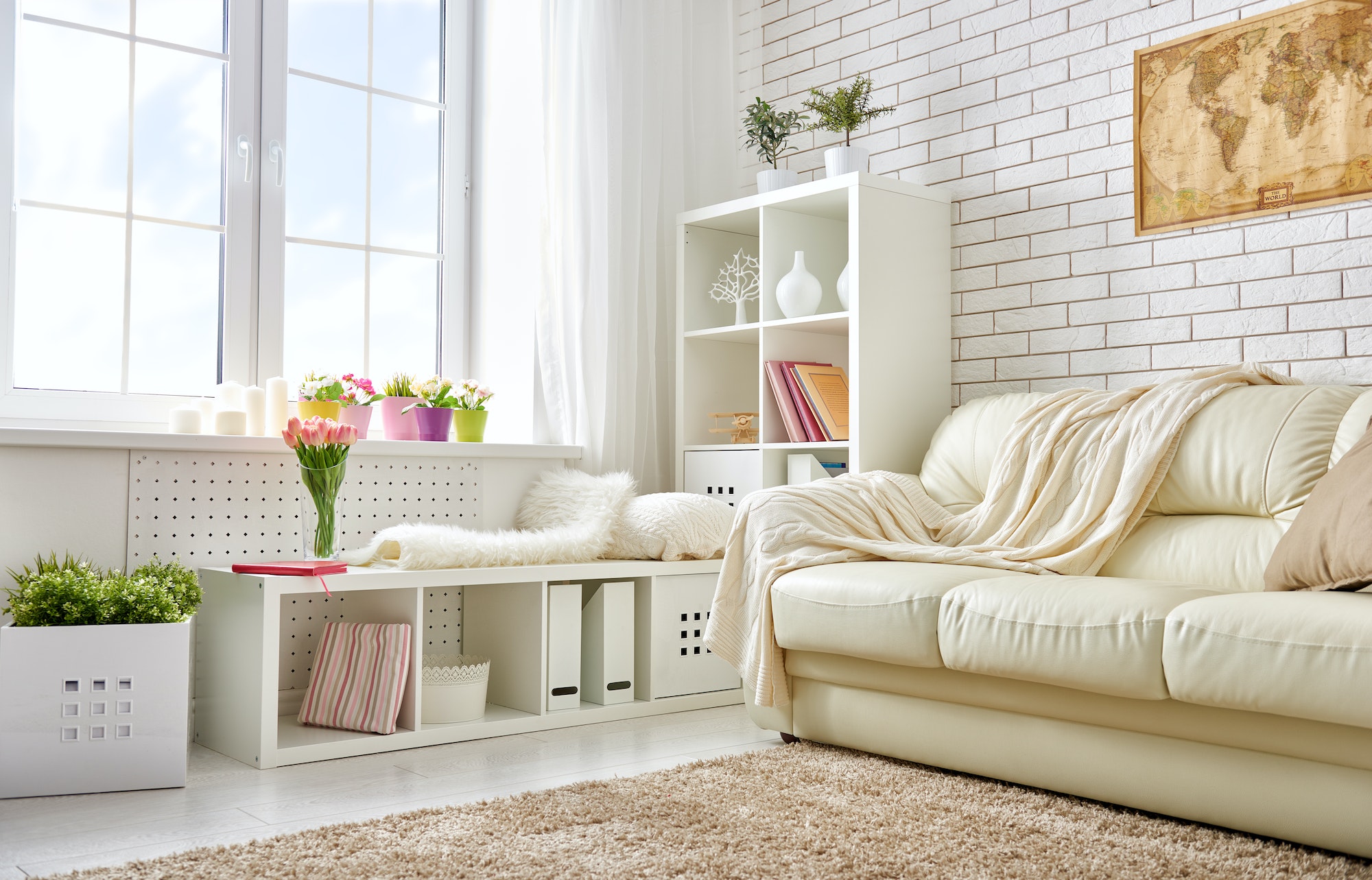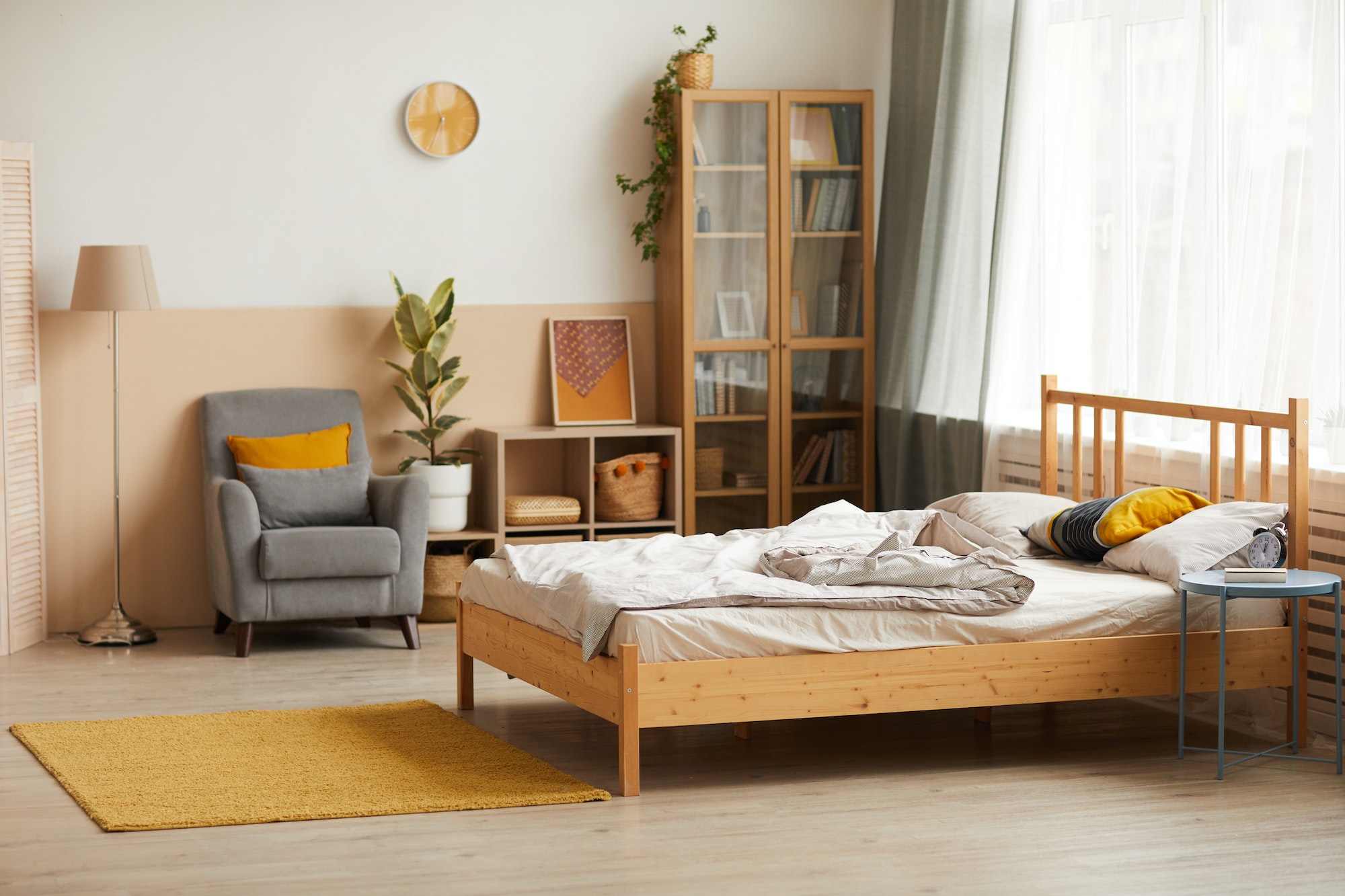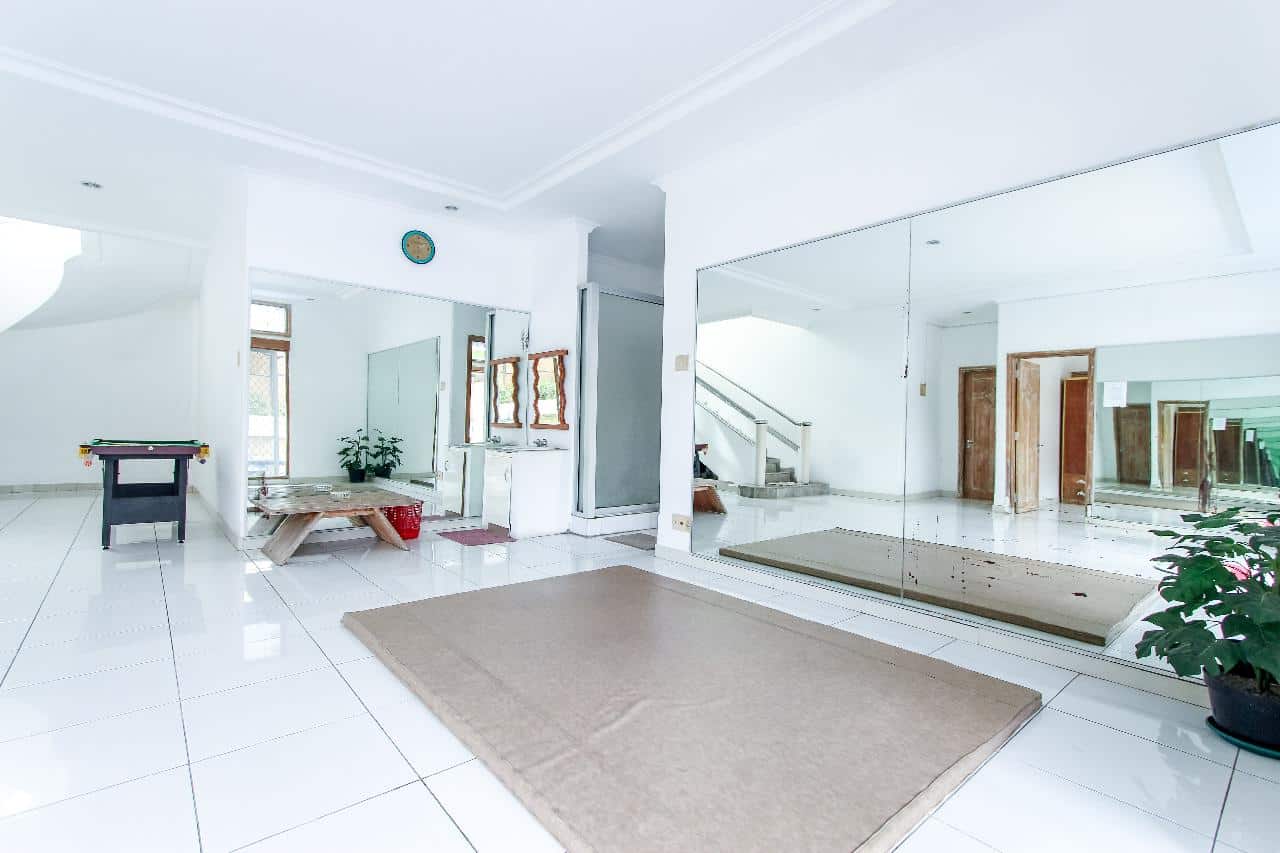Pests are the uninvited guests that no homeowner or interior designer wants to deal with.
They can damage property, compromise hygiene, and be a source of embarrassment.
Understanding the intricacies of dealing with pests is key to ensuring that interior spaces remain pristine and inviting. Interior design plays a crucial role in pest control.
Thoughtful design strategies can not only prevent the entry of pests but also deal with them efficiently if they find their way in.
Know Your Enemy: The Essentials Of Identifying The Pests In Your Home
The first step in combating pests through interior design is understanding what you’re dealing with.
Pests come in many shapes and sizes, and knowing the type of pest is essential for employing the right control strategies.
This section is dedicated to enlightening you on how to identify the particular pests in your home and understand their behavior.
Find An Online Pest Control Library
In the age of the internet, a wealth of information is available at our fingertips.
One of the best places to start your journey in pest identification is an online pest control library.
Such libraries typically contain extensive databases of various pests, including high-resolution images and descriptions of their behavior.
You can easily compare these with the pests you’ve seen in your home. Besides identification, these libraries often provide insight into the habitats, breeding cycles, and feeding habits of pests.
Understanding these aspects is vital as it helps in devising strategies that are tailored for specific pest types.
Consult A Professional Exterminator For Identification
While online pest control libraries are an excellent resource, sometimes the identification might not be as straightforward. In such cases, it is prudent to consult a professional exterminator.
These experts have vast experience and knowledge in dealing with pests.
They can not only help in accurately identifying the pests but also offer invaluable advice on how to deal with them.
Professional exterminators are particularly helpful when dealing with rare or hard-to-identify pests that may not be commonly found in online libraries.
Utilize Pest Traps For Identification And Initial Control
Pest traps can be used for dual purposes – trapping the pests for identification and serving as a measure of initial control.
There are various types of pest traps available, such as glue traps and bait traps.
These traps can help in capturing the pests, which can then be examined for identification.
Moreover, the utilization of traps can help in significantly reducing the population of pests, giving you some time and space to implement more permanent solutions.
Designing With Purpose: Interior Design Strategies For Pest Prevention
Once you have identified the pests, it’s time to redesign or modify your interior space to ensure that it is unfriendly for pests.
Interior design plays a pivotal role in determining how susceptible your home is to a pest infestation.
Optimize The Layout To Minimize Clutter
Pests love clutter. It provides them with countless hiding spaces and makes it hard to detect their presence.
An interior design that minimizes clutter inherently reduces the habitats available for pests.
Opt for furniture that has minimal ground contact and keep them a few inches away from the walls.
Regularly organize and clean storage areas, and avoid stacking items directly on the floor. This creates an open environment where pests have little room to hide.
Select Materials And Finishes Wisely
The materials and finishes you select for your furniture, floors, and walls can influence how attractive they are to pests.
For instance, carpeted floors can harbor fleas and mites, so opting for hardwood or tiled floors can be a more hygienic option.
Similarly, certain wood finishes are less susceptible to termite damage.
Researching and selecting materials that are less inviting or vulnerable to pests is an essential interior design strategy.
Employ Strategic Landscaping Inside The Home
Incorporating plants within the interior space is an excellent way to make the space lively. However, it is essential to select plants that repel pests.
For example, lavender and mint can be great additions to your interior space as they are known to repel a multitude of pests.
Ensure that any planters or pots have proper drainage to prevent stagnant water, which can attract pests.
Continual Vigilance: Maintaining A Pest-Free Environment
After implementing the necessary design strategies, it’s important to maintain vigilance and ensure that the interior space remains pest-free.
Regular Cleaning And Maintenance
Regular cleaning is crucial. Ensure that the floors, especially in the corners, are cleaned thoroughly.
Frequently dust and clean upholstery, curtains, and other fabrics. Also, keep an eye on any water leaks or damp areas as these can attract pests.
Seasonal Checks And Modifications
Different seasons can bring different types of pests.
Being aware of the pests that are common during specific seasons and adapting your interior space accordingly can help in preventing infestations. For instance, during the rainy season, ensure that there are no water clogs inside.
Ongoing Monitoring And Swift Action
Maintaining a pest-free environment requires constant monitoring. Regularly inspect your interior space for any signs of pests.
If you spot any, take swift action. Depending on the severity, this might involve setting up traps, consulting a professional exterminator, or making slight adjustments to your interior design.
Closing Remarks
A pest-free living space is not only desirable but also essential for the well-being and health of its occupants.
Combating pests through interior design involves a three-pronged approach: identifying the pests, designing with purpose, and maintaining vigilance.
Identifying the pests through online libraries or professional consultation is the cornerstone upon which effective strategies can be built.
Thoughtful design, which includes optimizing layout, selecting materials and incorporating pest-repelling plants, forms the defense against pests.
A pest-free environment is not a one-time achievement but a continuous effort. Regular cleaning, adapting to seasonal changes, and ongoing monitoring are crucial for sustaining a living space that is inhospitable to pests.
Through understanding, purposeful design, and diligent maintenance, one can create and enjoy an interior space that stands as a fortress against the invasion of unwanted pests.
Discover more from Futurist Architecture
Subscribe to get the latest posts sent to your email.



